The editorial office and printing house were located right on the slope of Pu Ma Hong hill (Ngua Hi hill), in Muong Phang, just one field away from the bunker of the Commander-in-Chief and the Political Commissar of the front. This meant that from Pu Ma Hong, all official information from the Campaign Command was promptly received by the newspaper's editorial office to be transmitted to the army units and frontline workers.
On December 28, 1953, the first issue of the Frontline People's Army Newspaper was published (No. 116 - based on the issue in the rear) with a large headline on the first page: Democratic Republic of Vietnam Year X - Independence, Freedom and Happiness and the name People's Army Newspaper published at the Front - the newspaper of the National Army and Militia of Vietnam. At first, the newspaper was published on two pages, every 4 or 5 days. By March 1954, an issue was published every 2 or 3 days, sometimes daily.
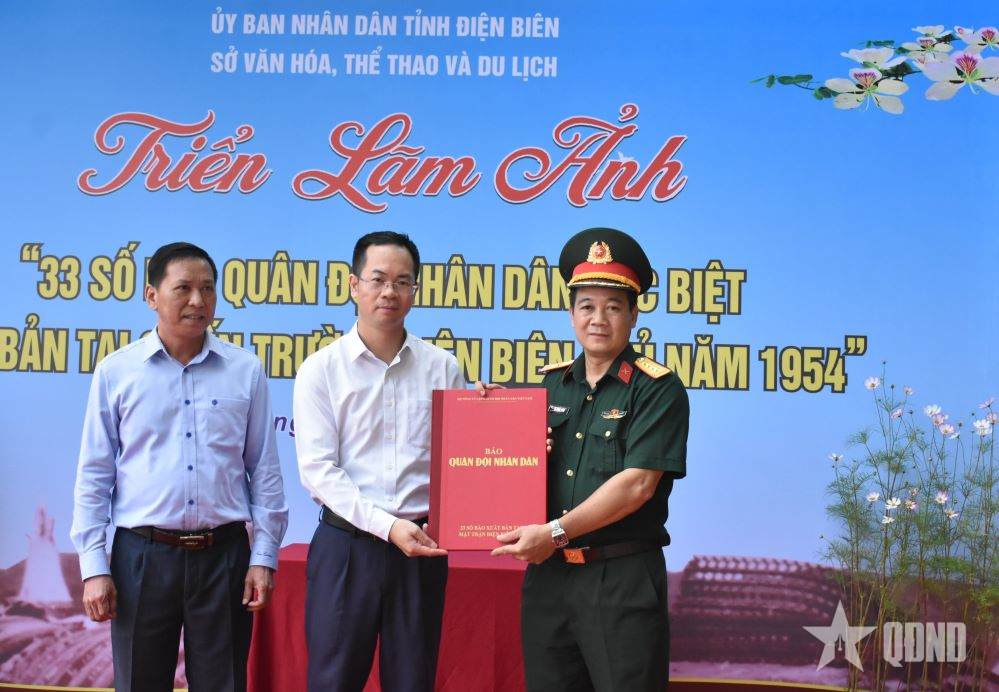 |
Representatives of the People's Army Newspaper presented 33 issues of the newspaper published at the Dien Bien Phu Front to the Department of Culture, Sports and Tourism of Dien Bien province. |
On the occasion of the Year of the Horse in 1954, for the first time at the front, soldiers and civilians were able to read New Year poems signed by President Ho Chi Minh in the People's Army Newspaper published on February 1, 1954. On May 11, 1954, issue 147 ran a large headline on the front page of the newspaper, Commander-in-Chief Vo Nguyen Giap announced: Our army has won the Dien Bien Phu battle. On May 16, 1954, the editorial office of the Frontline Newspaper published a special issue to celebrate the Dien Bien Phu Victory, issue 148 was the last issue published at the front.
The issues of the newspaper reflected very quickly and promptly the socio-political events in the country and the world, especially the developments of the Dien Bien Phu Campaign with an objective and honest attitude; praising the heroic and brave examples in the fight against the French, but not avoiding the negativity in the army. If issue 117 praised the soldiers who "used their backs as a platform to support machine guns" when fighting the French, issue 143 published on April 10, 1954 published the information "Employees of the ambulance station were prosecuted before the front-line military court for not complying with the 5 battlefield disciplines".
The frontline editorial staff at that time consisted of only 5 people, including: Hoang Xuan Tuy - general manager; Tran Cu - editorial secretary; Pham Phu Bang, Nguyen Khac Tiep - reporters; Nguyen Bich - newspaper layout artist. That was the frontline editorial staff of the People's Army Newspaper, where unique issues were published in the history of Vietnamese and world journalism, written, printed and distributed right on the battlefield. The journalism team overcame all difficulties and hardships, promptly published the newspaper and were also the ones who distributed the newspaper themselves, delivering it to the soldiers in the fortifications.
Hardly any newspaper office during the war could do that. Looking at the heritage aspect, in material form, these issues can be considered national treasures, documentary heritage.
According to the 2024 Law on Cultural Heritage, these 33 issues of the newspaper are documentary heritage because: a) The information content is expressed in characters, codes, writings, drawings on information carriers such as leaves, bones, wood, stone, ceramic, paper, plastic, fabric, glass, metal or on information carriers made of other materials; b) The information content is expressed in sound, still and moving images on information carriers such as films, photos, recordings, audio recordings and other original information carriers; c) The information content is expressed in digital form on information carriers containing electronic data.
Documentary heritage is identified according to the following criteria: a) Ensuring authenticity includes: The original, complete information content intentionally recorded on the original information carrier must have clear origin, source, time of creation, formation process, preservation and ownership; b) Ensuring uniqueness and originality includes: The information content and form, style of the information carrier have typical, unique and rare value for a type, a historical period or a culture of the country, region or the world (items 2, 3, article 53, chapter IV of the Law on Cultural Heritage: Law No. 45/2024/QH15, Hanoi, November 23, 2024).
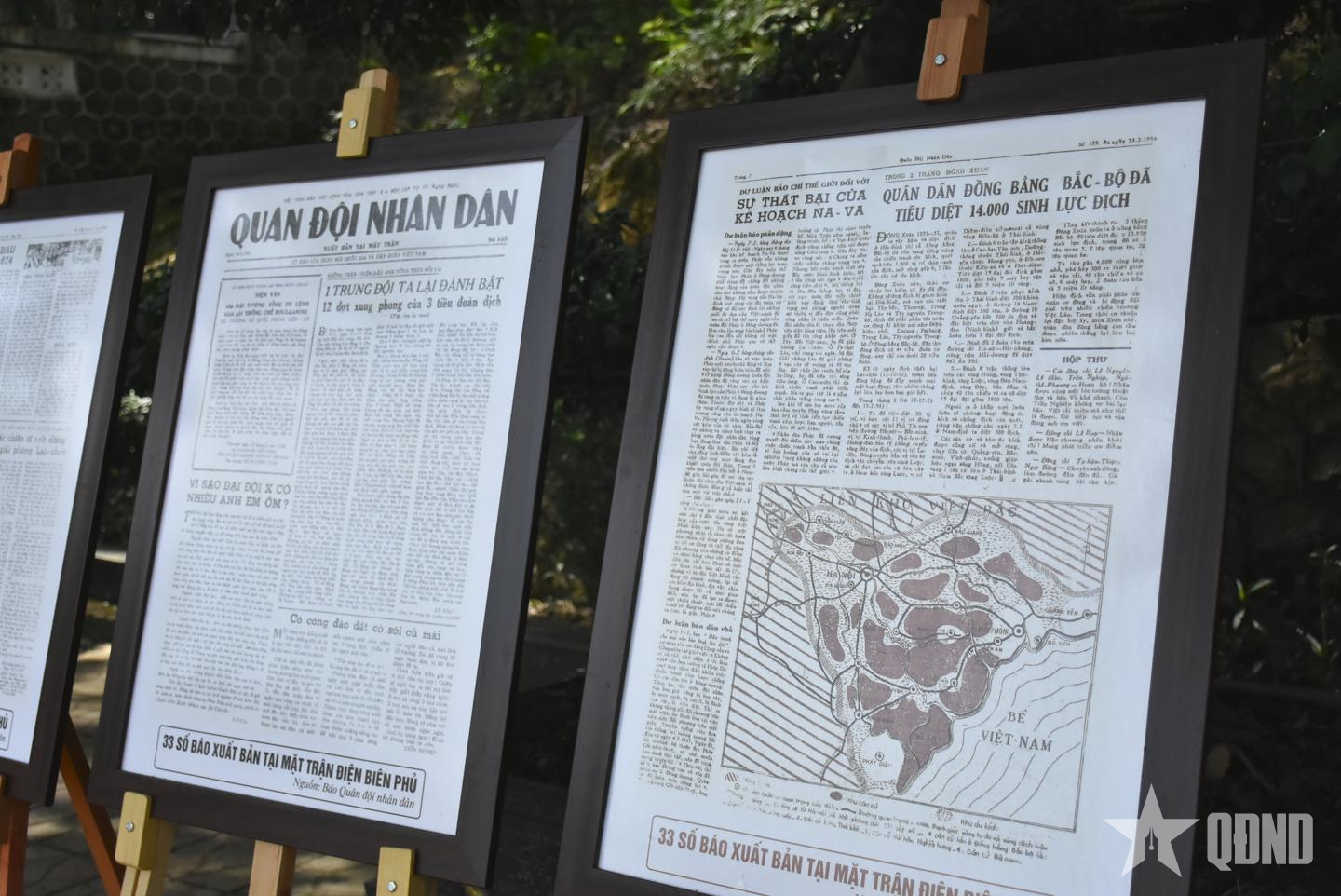 |
| Photo exhibition "33 special issues of the People's Army newspaper published at the Dien Bien Phu Front" at the Dien Bien Phu Campaign Headquarters Relic in Muong Phang. Photo: KHÁNH ĐỊP |
With that meaning, we carry out the work to recognize these 33 issues as documentary memory heritage of Vietnam. As analyzed, it can be seen that in the history of Vietnamese journalism and the history of world journalism, these 33 issues have unique nature and value. Currently, the United Nations Educational, Scientific and Cultural Organization (UNESCO) has the Memory of the World Program (Memory of the World, abbreviated as MOW) and UNESCO recognizes documentary memory heritage based on criteria of originality, historical value, culture and international significance, ensuring that the heritage is important in the collective memory of humanity and has global significance.
To be recognized, documents must demonstrate uniqueness and outstanding value, of international stature. The criteria for selection as world documentary heritage include: authenticity; international significance with uniqueness and irreplaceability.
The specific criteria: Time, place, people, subject and theme, form and genre, social, spiritual and community significance. So why doesn’t today’s generation think of building a dossier to submit to UNESCO to honor these 33 issues as cultural heritage in the Memory of the World Heritage List, or in the Asia-Pacific Documentary Memory List?
Pride in the tradition of the People's Army Newspaper, the idea of inheriting and promoting the tradition of the Vietnam People's Army will help us to do this job. In our opinion, these 33 special issues must become the luggage for the current and future generations of journalists.
Source: https://www.qdnd.vn/quoc-phong-an-ninh/xay-dung-quan-doi/33-so-bao-quan-doi-nhan-dan-xuat-ban-tai-mat-tran-dien-bien-phu-nhin-tu-di-san-ky-uc-tu-lieu-890542









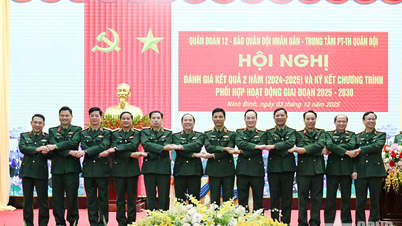
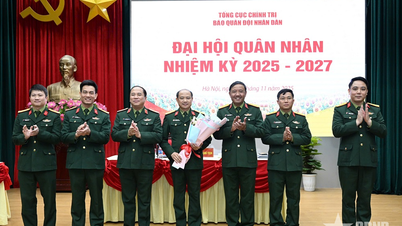
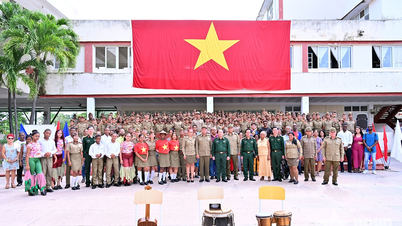
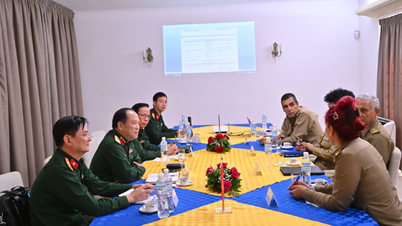


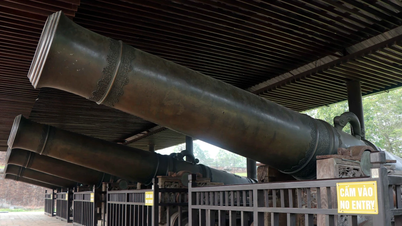




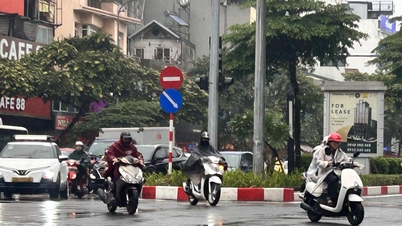


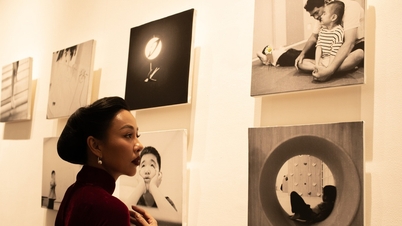





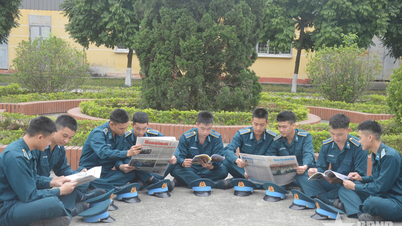
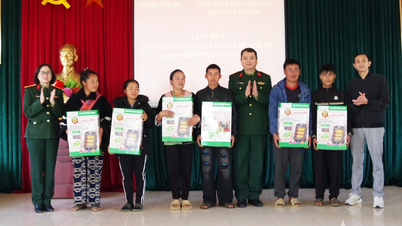
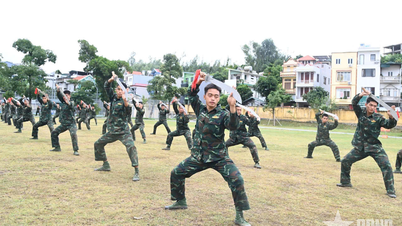
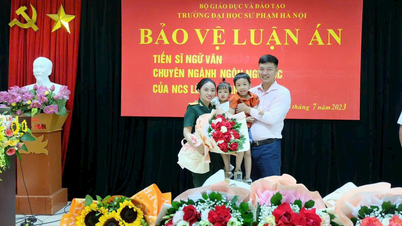


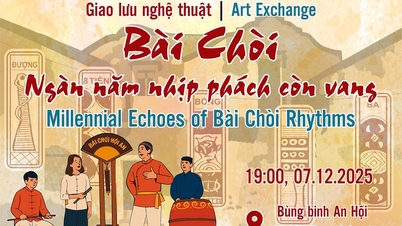

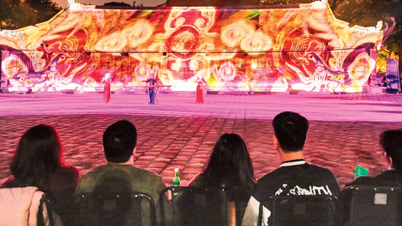

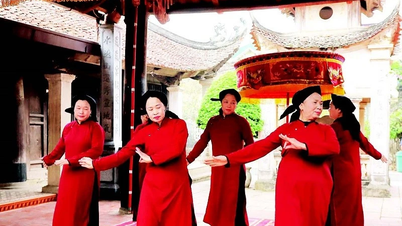
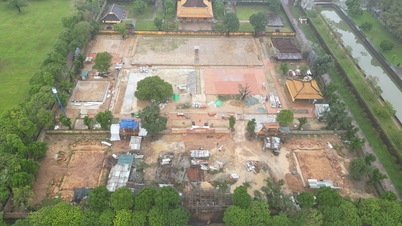
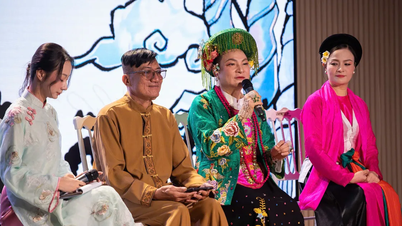




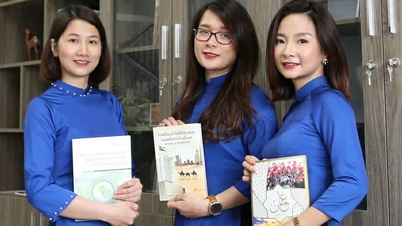
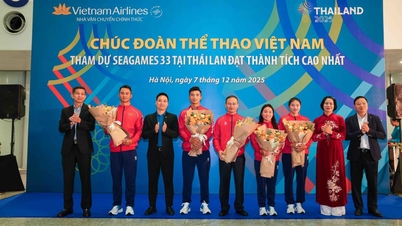
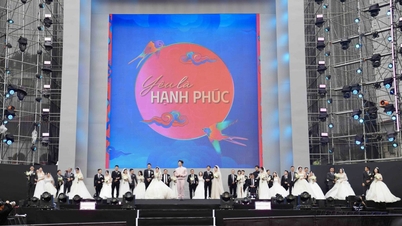



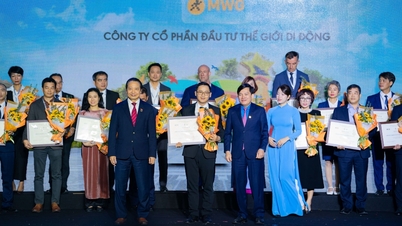












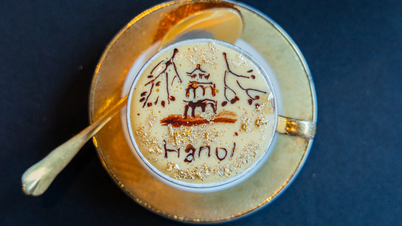


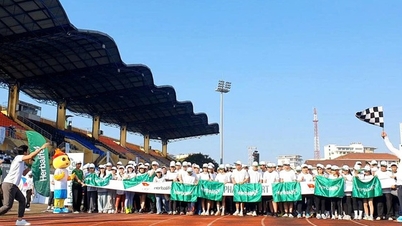


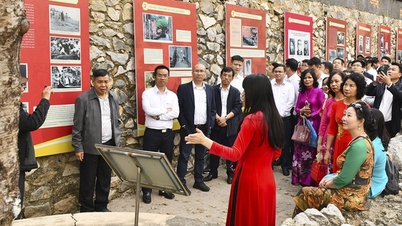


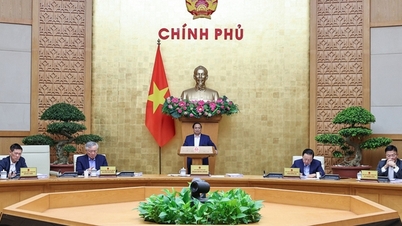
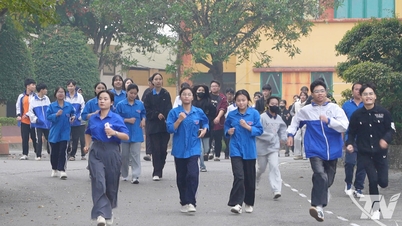




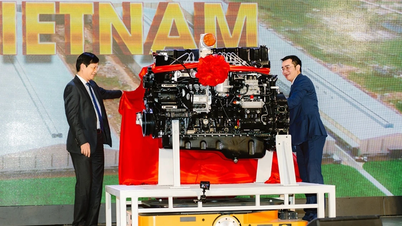















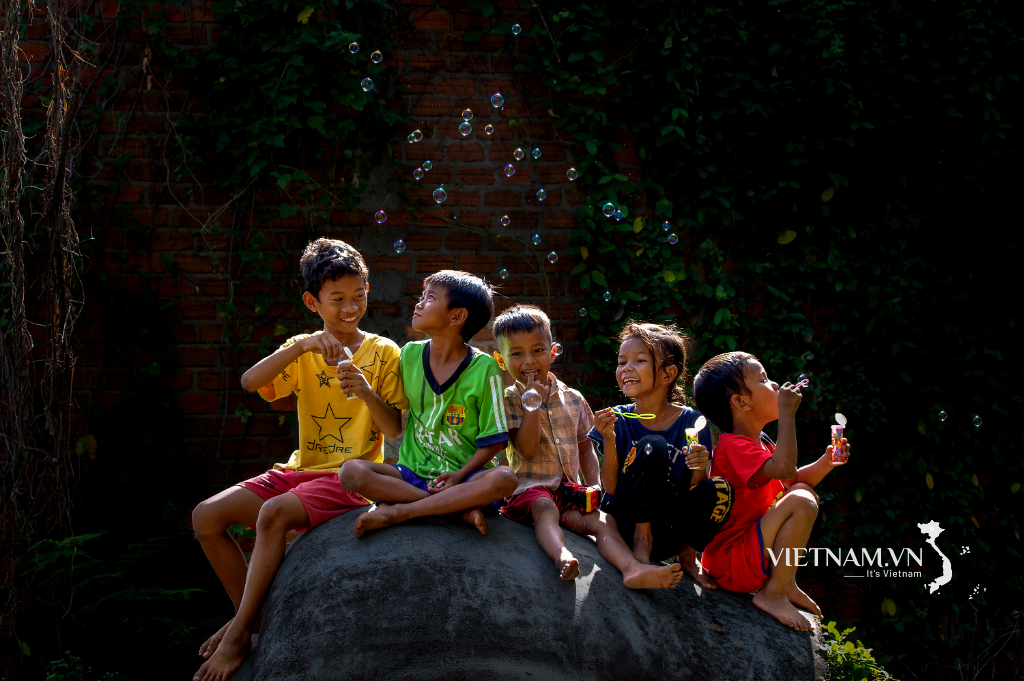






Comment (0)